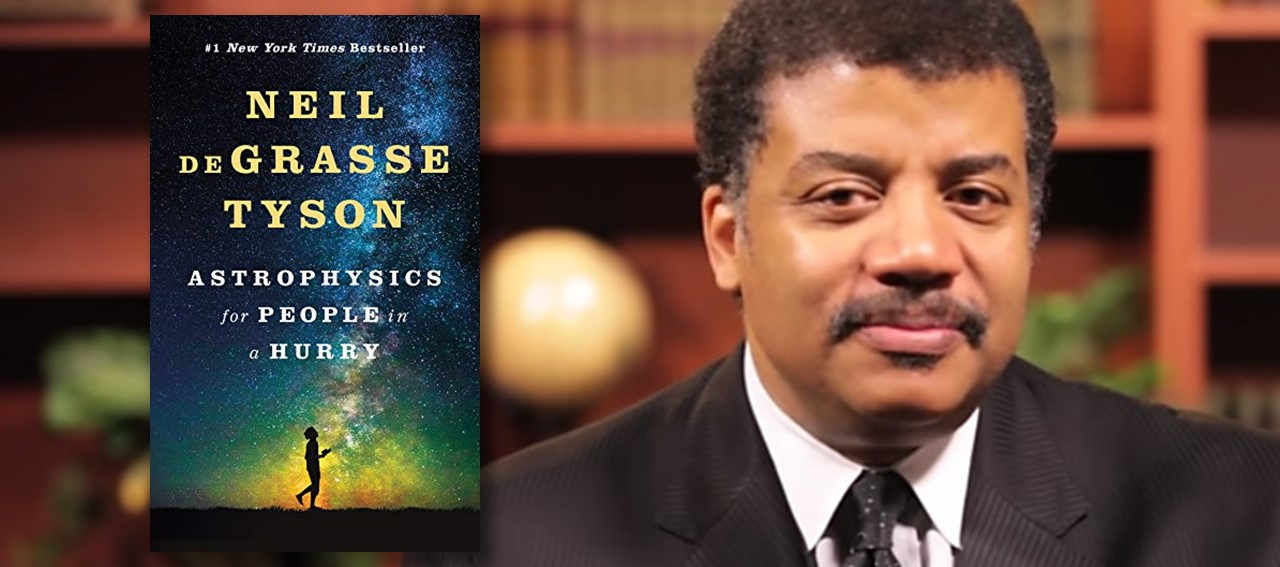
Human beings have been fascinated by the cosmos since time immemorial. Our current understanding of the universe comes from centuries of wonder, observation and experiment. One cannot help but ask – is there a single book that has laid out all the scientific progress in a clear and concise manner?
Enter American astrophysicist Neil deGrasse Tyson with his bestselling book Astrophysics for people in a hurry. You may have dozens or more questions about our place in the universe, how it works, etc. and if you're looking for one book to know them all, one book to find them and in the curiosity bind them, this book is it.
What's so great about this one book is how vast and far it goes in describing the intricate workings of the universe. From the beginning of time to its possible end. With Tyson's playful sense of humor and elaborate report on the ins and outs of the cosmos, Astrophysics for people in a hurry is a joy to read.
The book takes you on a journey to 14 billion years back when all of space and time began. It explains practical astrophysics as well as theoretical, Einstein's blunder, cosmic microwave background, how dwarf galaxies far outnumber the normal, why Titanium is used on telescope domes, etc. in impressive detail.
On top of that, the book is written by one of the most famous scientists of our times – Neil deGrasse Tyson, who is the director of the Hayden planetarium in New York city, whose love for space sciences is contagious, as well as his appearances on television are loved by one and all. Thus, for any science and astronomy enthusiast, the 2017 book is a prized possession.
Tyson's Astrophysics for people in a hurry is a collection of his essays that appeared in Natural History magazine at various times from 1997 to 2007. Although marketed as a book for beginners, some knowledge of physics will be of genuine help – even so, it is a great place to start learning more about the ever changing field of astrophysics.
So whether you are a high school student or just starting out college, a young working professional or someone in their sixties, Astrophysics for people in a hurry is the one book you turn to in order to discover thorough answers to why and how of the universe. It is a highly recommended addition to your library!






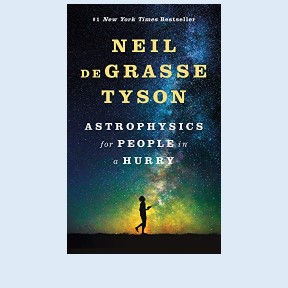
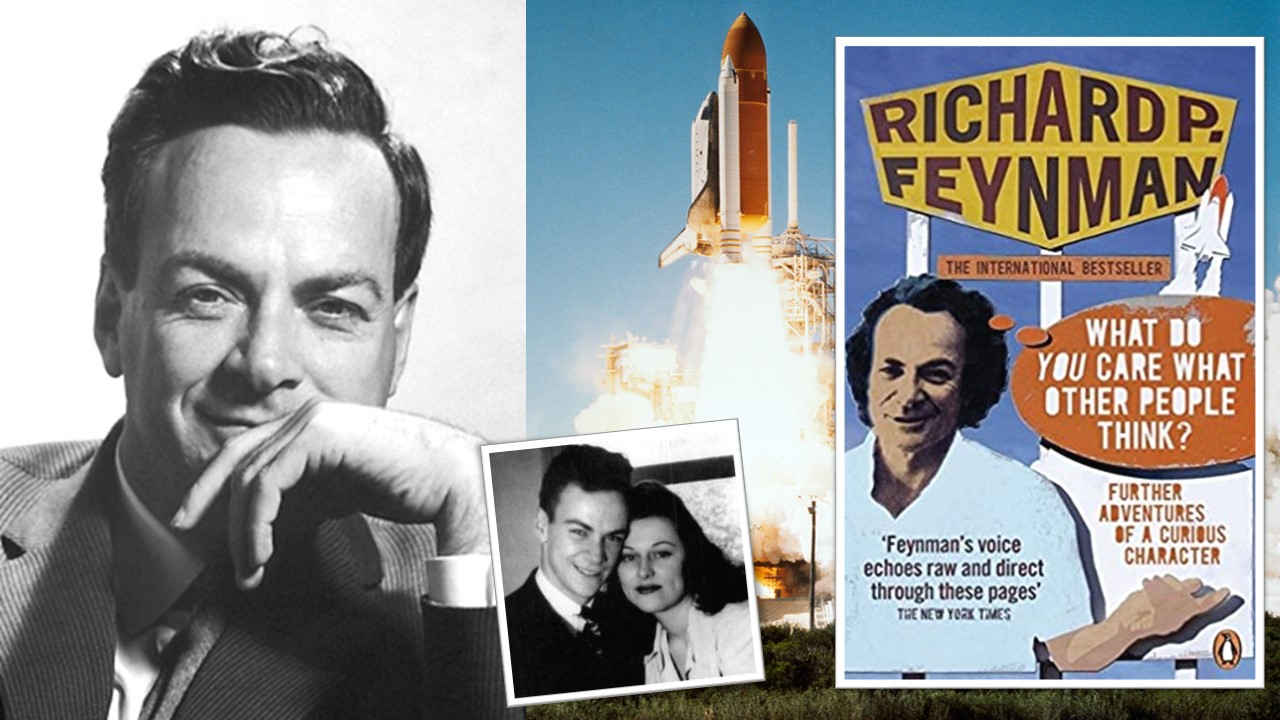







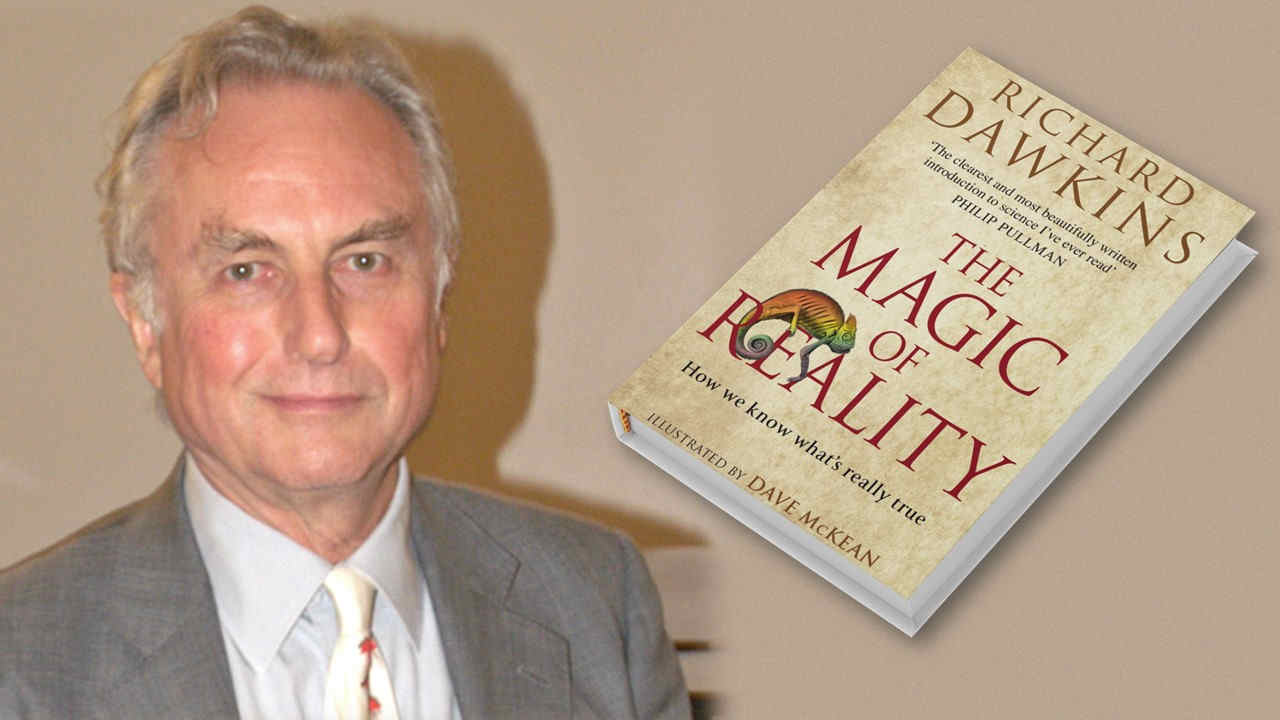
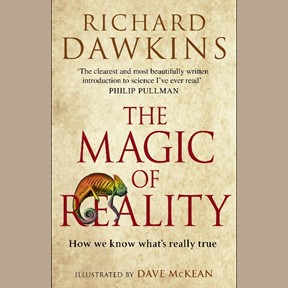




 Physics, astronomy and science history blog for students
Physics, astronomy and science history blog for students